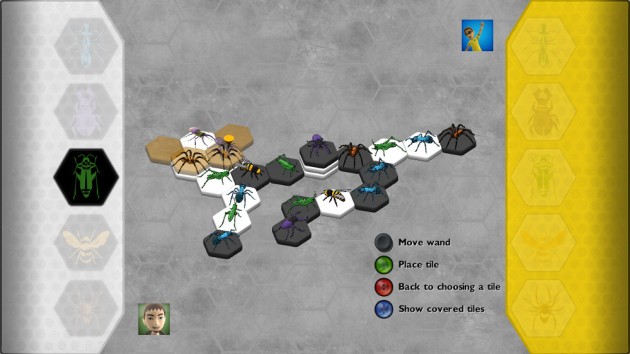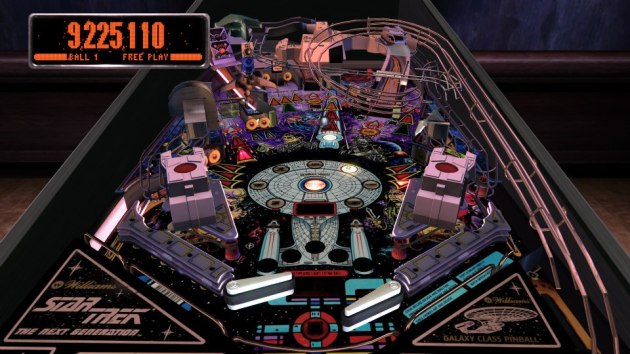The Indie Gamer Chick Mailbag: April 21, 2014
April 22, 2014 Leave a comment
I typically get a lot of questions on Twitter about random game stuff. Thoughts on the indie scene, on mainstream gaming, etc. I’m quickly learning that Twitter is a lousy place to answer any questions. It’s tough to explain complex opinions in 140 characters or less. So I figured I would start a mailbag feature. I announce it, and suddenly I go from getting questions every few minutes to getting no questions at all. Grumble. Well, a few guys did ask some stuff, so I’ll give the whole mailbag thing a try.
@LostScarf asks
Do you think Indie games would be more successful if they took the time to add Online Co-op, or it wouldn’t matter?
It depends on the game. Some titles really could have benefited from a more robust online experience. But there are roadblocks if you attempt it. On XBLIG, getting online working was overly difficult. Developers did not have access to Xbox Live when making games that would utilize Xbox Live. But even when you’re not developing for a system that actively seems to be trolling its own developers, optimizing an online co-op experience is extremely difficult. Especially if you give a shit about the emotional and psychological experience of your game. There’s almost no way to measure how effective your work is in those areas, especially if your concept involves two strangers working together. It’s a leap of faith.
Does it make a difference in a game’s sales? I’m not totally convinced. My favorite aspect of Terraria was playing it with Brian on two PS3s and two TVs. We also very much enjoyed sharing some of our extra plunder with my fans on Twitter. Hell, I met my best friend Bob that way. But, I was surprised to learn that most of the Terraria fans that follow me on Twitter never played it co-op at all. That’s not that uncommon with many indies that have an optional co-op mode. So I guess, unless a game is designed specifically with online co-op in mind, it won’t make a big enough difference that anyone should lose sleep over it.
@iilusionofchaos asks
If you could change one thing about your favorite game, what would it be?
My favorite game ever is WarioWare Inc.: Mega Microgame$ for Game Boy Advance. It just got re-released on Wii U’s Virtual Console. Easy answer here: I wish it had online leaderboards.
@TerrorSkwirl asks
Who/what do you think is the most well written character in recent memory?
Clem from Walking Dead. Her actions, speaking style, reactions to situations, and emotional state all feel like a real person. The strange thing is, there are a lot of secondary characters in the Walking Dead games that feel like lazy stereotypes, if not outright parodies. There’s just enough of those type of characters that you wouldn’t expect to see such an incredibly authentic character emerge. Clem is a real person in a real zombie apocalypse.
I’ll give a close second to Balloon from Doki-Doki Universe. Her undying love for protagonist QT3 was so moving and, again, authentic. Doki Doki was, as of yet, the only game I streamed my entire play-session on Twitch. I had some tough guys admit they were tearful as the ending between QT3 and Balloon played out. No violence. No cursing. No high-stakes. Just love and admiration between two friends, and it was more real than many of cinemas highest-paid actors are capable of delivering.
@Scott_A_Bennett asks
if you could only change one thing about the indie scene what would it be?
The perception that the community is too exclusive for newcomers to jump in. I think people expect the scene to be populated by anti-social, standoffish artsy types. They exist, but they’re very much the minority. The indie scene at large is so very welcoming and encouraging to newcomers. Hell, you don’t even have to be an active developer. I’ve never made a game, never will, and I have a site that, more often than not, doesn’t speak highly of the games I play. If the general perception of the indie scene were true, I would have been run out of town a week after I arrived. Instead, I’ve found an endless stream of new friends and fantastic relationships. And I’m certainly not alone in this type of experience with indies. That is the story that we need to make sure gets told. Unlike a lot of other things I wish would change, this one is very easily doable.
@Rabite890 asks
do you find the reports about the number of steam games that go unplayed/uninstalled to be as bad as some do?
Whenever I go grocery shopping, if I’m hungry when I go, you can bet the shopping cart is going to be overflowing full of all kinds of stuff I would normally not pick up. Then it will linger in our kitchen cabinets until it goes past the expiration date.
That’s probably what happens with Steam, or hell, any platform when a sale hits. I have 217 PSN games on my PlayStation 3 and there’s at least 40 I’ve never booted up. I either got them with PlayStation Plus, or I bought them when they were on sale and just never got around to playing them. I do it on my Vita too, then the shitty, too small memory card fills up and I have to start deleting stuff. I can always redownload it any time, of course, but I probably won’t. It’s impulsive behavior from people with too much disposable income, but by no means indicative of any problem on the indie scene.
And finally, @Bonedwarf asks
I’ll give you a tough one. You can give 12 words of advice to all aspiring indie devs. What are they?
Nothing will go exactly as you envision, so be patient and humble.
(points at the screen and counts the words silently)
Damn, I’m good.
Well, I had fun doing this. If you guys had fun reading it, just send me a tweet with the hashtag #IGCMailbag and we’ll do it again. It will help keep the content on this site going when I’m post seizure and unable to get my game on.
Like my new logo? The gentleman who designed it, Kenneth Seward Jr., is for hire! Visit his site and check him out on Twitter. Reasonable rates, awesome work!
Still here? Cool. I have a new blog that will contain my non-gaming related ravings.





















You must be logged in to post a comment.